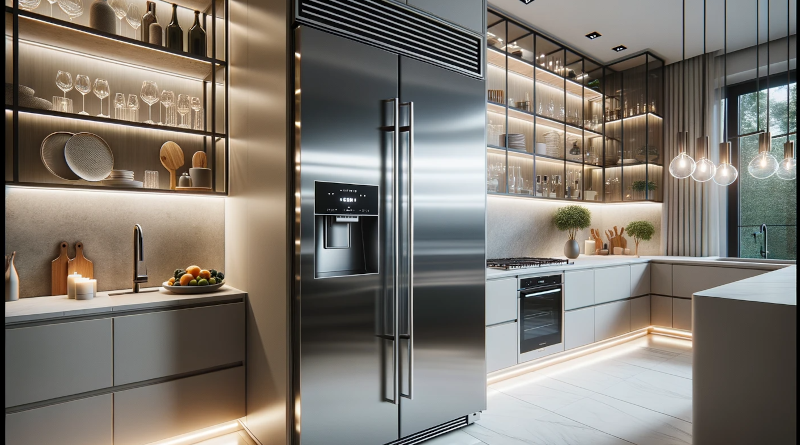What to do if your Refrigerator is not Cooling
Discovering that your refrigerator isn’t cooling can be quite alarming, especially when you’re concerned about spoiling groceries. If you’re faced with this problem, don’t panic! Here’s a step-by-step guide to help you troubleshoot the issue and potentially save yourself a repair bill.
1. Check the Power Source
Before diving into other diagnostics, ensure your refrigerator is properly plugged in. Sometimes, the plug can become loose, especially if it’s situated in a high-traffic area. Also, verify if the circuit breaker hasn’t tripped or if there’s a blown fuse.
2. Inspect the Thermostat
Perhaps someone accidentally turned the temperature dial. Make sure the thermostat inside the fridge is set to the correct temperature. For most refrigerators, a setting between 37-40°F (3-4°C) is optimal.
3. Examine the Coils
Dirty or dusty condenser coils can inhibit the fridge’s ability to cool. Located either at the back or beneath the unit, you can clean these coils with a coil brush or a vacuum. This simple maintenance can improve efficiency and cooling.
4. Ensure the Door Seals Properly
If the door seal, or gasket, is damaged, it might not be sealing properly, letting cold air escape. Clean the seal with warm soapy water to remove any residue that might prevent it from sealing correctly. If the seal is damaged, you might need to replace it.
5. Clear the Vents
Cool air circulates between the freezer and refrigerator through vents. If items inside are blocking these vents, it can affect the temperature. Ensure there’s a clear path for air to flow.
6. Listen to the Fans
Both the evaporator fan and the condenser fan play a role in cooling. If one is not running, it can affect the fridge’s temperature. Listen for any unusual noises or complete silence that might indicate a malfunctioning fan.
7. Defrosting Might be Necessary
Sometimes, a freezer can become over-frosted, affecting the refrigerator’s cooling ability. If you see excessive frost, especially around the vents, you might need to defrost your unit.
8. Inspect the Start Relay
If your refrigerator is not cooling and you hear a clicking sound from the back, the start relay might be defective. This piece helps power the compressor, which is vital for cooling. Replacing a faulty start relay is a job you can often do yourself with a bit of guidance.
9. Stay Mindful of Room Temperature
Refrigerators work best in rooms that aren’t too hot or too cold. If your appliance is in a garage or an area where temperatures swing dramatically, this could affect its performance.
10. When in Doubt, Call a Professional
If you’ve exhausted the DIY troubleshooting options and the fridge is still not cooling, it’s time to consult a professional. Some issues, especially those related to the compressor or refrigerant, should be handled by experts.

